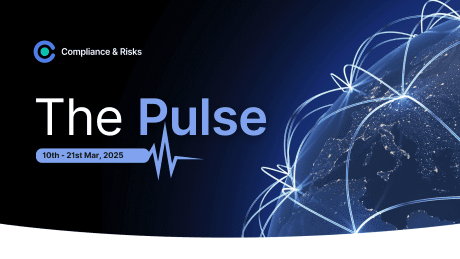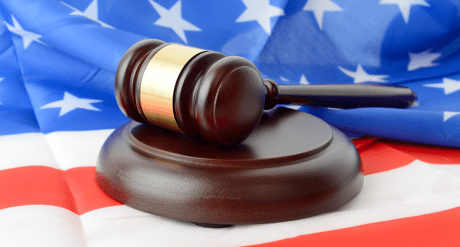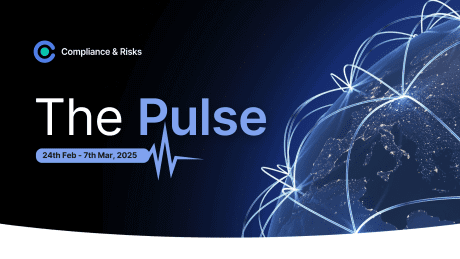
Compliance Team: Why You Should Link Regulations & Product Standards

An unprecedented volume of regulation is putting enormous pressure on compliance teams everywhere. The more ambitious the company, the greater the pressure and the higher the risks of missing something important. The need for timely, comprehensive and accurate regulatory information impacting products and businesses is now greater than ever before.
Complex terminology and various definitions often confuse the difference between regulations and standards. It is imperative for companies to know what each is and how they interact to understand the critical role of contextual linkage between Regulations and Standards.
What are Regulations?
Regulations are detailed instructions on how laws are to be enforced or carried out and are sometimes referred to as rules or administrative laws. They carry the force of law – their application is mandatory.
What are Product Standards?
Standards make things work by providing specifications (guidelines or requirements) for products, services and systems. If used consistently, they ensure quality, safety and efficiency. They may take the form of a Reference Document that provides details about the criteria involved.
“Regulations tell you what you need to do to comply with a law, Standards are the technical rules that tell you how to comply with these laws. Regulations often therefore specify which Standards should be used.”
Therese Hogan, Product Manager, Compliance & Risks
To Sum It Up..
Legislative bodies pass Laws, Regulatory Bodies develop Regulations to tell what one needs to do to comply with a Law, and Standard Development Organisations (SDOs) create and approve accredited Standards.
How are Product Standards and Regulations related?
- Linking a standard allows a regulation to point towards the exact set of requirements relating to materials, processes, design considerations and criteria, technical procedures, test methods etc.
- Having Regulations & Standards linked helps with harmonisation and provides the basis for certification as technical requirements can be applied uniformly
- When a company is compliant to a certain Standard, they would be automatically compliant with any future Regulations that reference that Standard (as long as it doesn’t refer to more Standards)
“Regulations and Standards are what have kept compliance managers awake at night, historically kept in siloed data applications, with no indication of how one relates to the other, and no easy way to navigate between them – making it exceptionally difficult to control the impact they have on products, markets and sales.”
Trish Butler, CMO, Compliance & Risks
A good example of a Regulation with Standards linked:
Brazil: Approving Conformity Assessment Requirements for Plugs and Sockets, Portaria No. 90, 2022. It autolinks 10 standards – see attached image from C2P.
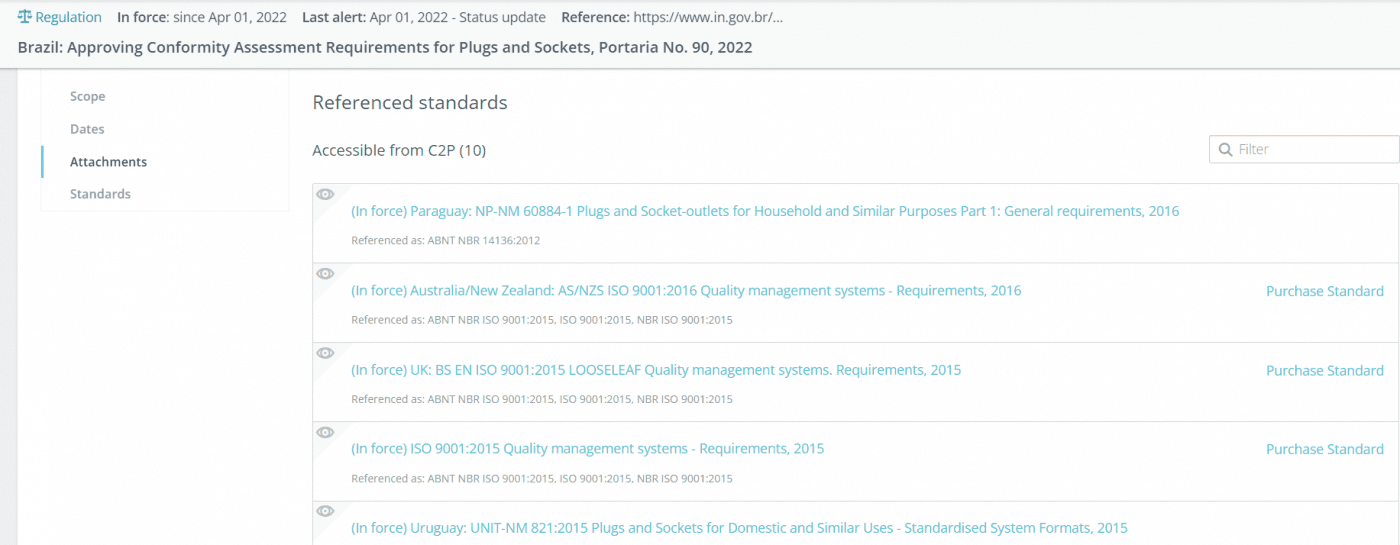
Another example of Regulations and Standards being linked together in the European Union is as below – it applies to many EEE products and auto links 180 standards as well as listing many other standards mentioned in the text.
Being compliant to these referenced Standards allows companies be complaint with the regulation and any other future regulations that might reference these Standards again.
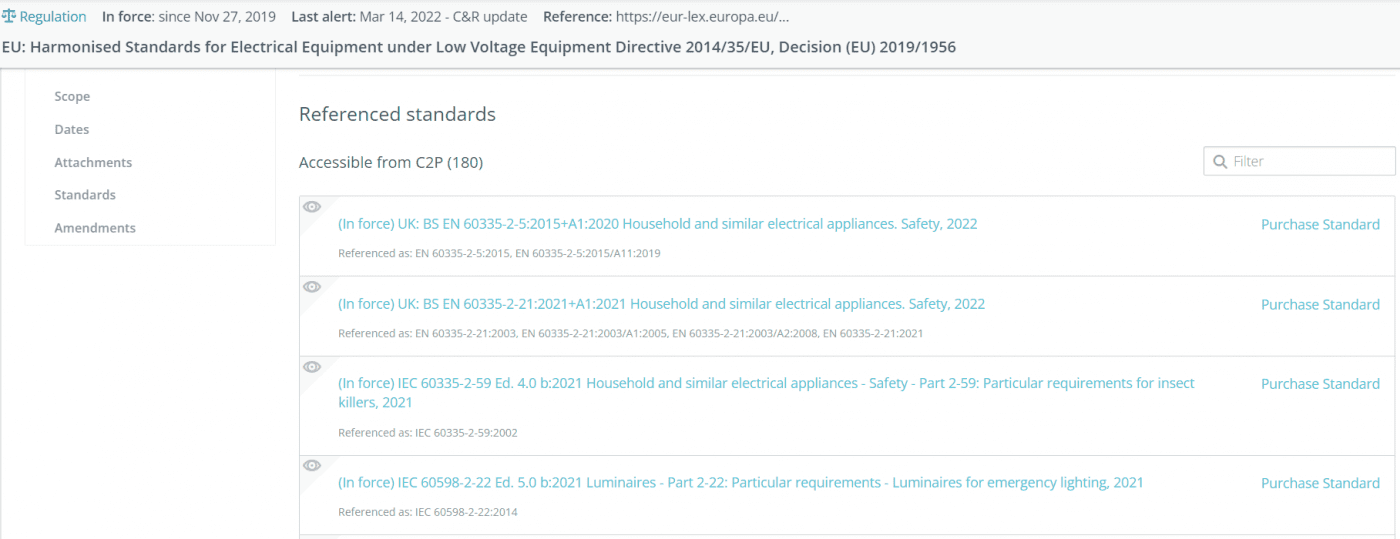
Why should Regulations and Product Standards be managed together?
When bringing a new product to market, understanding the level of regulatory stringency to be adhered to across different countries – their commonalities and differences, is crucial.
Working on both Regulations and Standards contextually allows companies to meet sets of criteria outlined by both Regulatory Bodies and Standard Development Organizations (SDOs) – by doing this,
- Companies can ensure there are no last minute surprises by being fully compliant with a Regulation referencing a Standard
- Simplify the process of product compliance by having both Regulations & Standards together in place
- Faster time to market with Product Standards being worked on consistently
“Contextually linking Regulations and Standards enables companies to take the path of least resistance to being fully compliant.”
Samantha Nelms, Sales Enablement Lead, Compliance & Risks
What are the challenges of staying ahead of changing Regulations & Standards?
It is hard to be compliant to a regulation without being compliant to a standard. You won’t get the full context of the regulation if you don’t have the standard.
- Cost & Availability of Standards
Standards in general are extremely hard to get your hands on, especially the national ones that spell out the requirements in national markets. Often, companies purchase national standards paying hefty prices for a small set of instructions.
- Limited Time & Resources
Although there are many standards aggregators like Accuris that have international standards to be purchased, it is cumbersome for compliance teams to research relevant standards and scout for the scope of it.
- Confusing Terminology
Keeping up to date on all the global changes is virtually impossible – and to make matters more confusing, “Standards’ ‘ and “Regulations” are often terms used interchangeably, when in fact, they are different things.
- Siloed Data & Decision Making
To achieve comprehensive compliance, companies need to have a view of total compliance requirements which are driven by both Regulations and Standards. Having a clear and centralized view of both shows how they can interact with each other as well as what their relationships and dependencies are while working on a plan of action to achieve product compliance.
What’s the Solution?
Organizations need a solution that contextually links both Regulations & Standards together in one place. A system to monitor all relevant Regulations & Standards around the world, understanding their relevance and impact on your business and products.
With C2P, our enterprise ready, market access solution, you have access to the most relevant Regulations for your products, integrated with the Standards that reference them. We alert you of new and changing Regulations & Standards allowing you to assess their relevance and manage the impact throughout your organization.
Our powerful SaaS solution has built in tools to manage the impact of regulatory changes all the way through to product compliance. Our workflow, analytics and reporting tools work seamlessly to help you achieve uninterrupted market access. To gain a comprehensive understanding of how C2P connects regulations and standards, download our overview of C2P functionalities.
Webinar: The Challenges of Staying Ahead of Regulatory Changes
Learn how C2P can help you stay ahead of regulatory changes and achieve uninterrupted market access.
